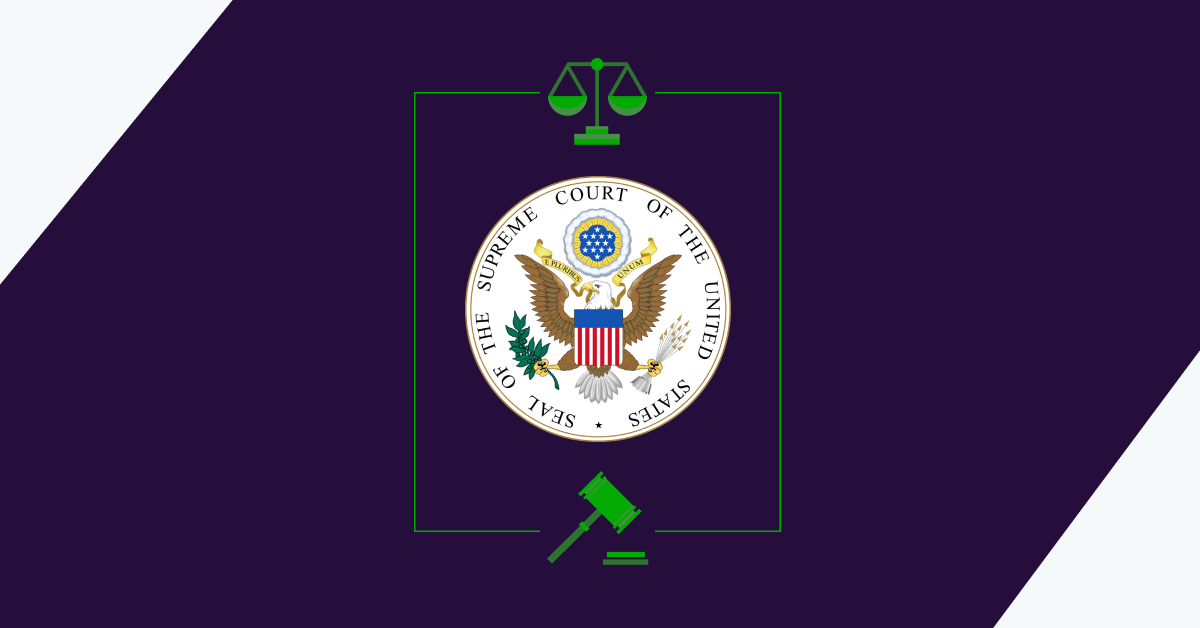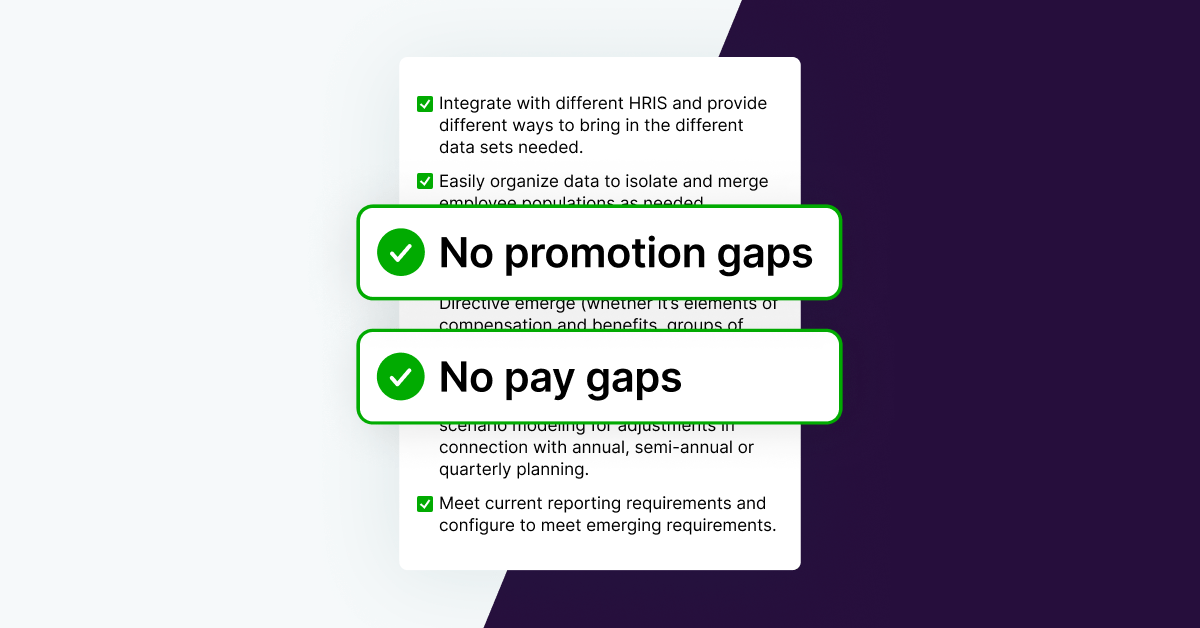The Muldrow v City of St. Louis case currently before the U.S. Supreme Court is about defining what counts as unfair treatment in the workplace that can be used as the basis for employee discrimination claims under a key federal law, Title VII of the Civil Rights Act of 1964. This law protects against discrimination based on race, color, religion, sex, and national origin. To bring a Title VII case, employees need to show that their employer treated them badly in some way, like being terminated, demoted, or passed over for a promotion.
However, there is a wide spectrum of adverse employment actions and debate about what counts as serious unfair treatment. For example, getting fired obviously has a significant impact, but what about not being chosen for a mentorship program or a transfer that doesn’t change your responsibilities or pay?
Below, we break down what this case means for HR leaders and their organizations’ workplace equity programs.
The core question: Does an employee have to show significant disadvantage to prove discrimination?
The employee in this case, Jatonya Clayborn Muldrow, claims she was unfairly denied a job transfer by the St. Louis Police Department because of her sex. She was moved from a high-profile job investigating public corruption and human trafficking cases in the intelligence division to an allegedly less prestigious one, although her salary remained the same. She also lost the FBI privileges from her initial position and her schedule changed, requiring her to work on weekends.
The crucial question is: does the plaintiff’s case fail if she cannot demonstrate that the transfer denial caused her a significant material disadvantage? The Supreme Court agreed to hear the case because federal circuit courts are not in agreement on this point.
What does this case mean for DE&I programs and Affirmative Action in the workplace?
The Biden Administration and organizations like the NAACP Legal Defense Fund support Muldrow’s interpretation of Title VII, arguing that the need to show a significant material disadvantage was not intended by the lawmakers who enacted Title VII. Others worry that removing this hurdle could lead to a deluge of minor grievances turning into employment litigation.
Some have suggested that the case could have broad implications for diversity, equity, and inclusion (DEI) programs, especially those aimed at helping women or specific racial or ethnic groups in the workplace. This case could affect the potential for reverse discrimination claims being brought by employees not selected for mentorship, training, or coaching opportunities tailored for employees of one sex or race(s), or for new positions where diversity was a consideration.
Thus far, lawsuits attempting to challenge such workplace programs have not gained much traction, but this case could change that. Following on the Court’s ruling in June (Students for Fair Admissions, Inc. v University of North Carolina) holding that race-conscious admissions programs at Harvard and the University of North Carolina violated the Constitution, many expect that there will be similar erosion of legal protections of Affirmative Action or protected-category employment decisions in the workplace.
What should HR leaders do?
This case underscores the importance for HR leaders to stay informed about legal developments affecting workplace discrimination laws and to proactively manage their policies and practices in response. We suggest the following actions:
- Review hiring and promotion policies and practices: The fear that this ruling could cause problems with internship, mentorship, and coaching programs is based on the premise that those programs are offered either in policy or practice to only a subset of employees based on their gender, race, or other protected characteristic. It is alright to offer career development programs to traditionally underrepresented groups so long as those programs are also offered to everyone in the organization without regard to their protected characteristics. HR leaders should check the criteria for these programs as well as hiring and promotion policies to ensure they are neutral, and that they are being administered neutrally and consistently.
- Consider arbitration provisions (where allowed by law): If the court adopts Muldrow’s broader interpretation, it lowers the bar for bringing viable and nonviable legal claims. This change increases the cost for employers to defend those claims in court or (more likely) to settle those claims out of court. Employers may find themselves paying higher settlements more frequently, regardless of the legitimacy of the claims, just to avoid the high cost of defending litigation claims. Arbitration is a great way to ensure access to a fair resolution process for employers and employees and reduce some of the potential increased costs.
- Leverage progressive and lawful technology like Syndio’s Workplace Equity Analytics Platform: Technology can help ensure that employment decisions — such as those related to pay or promotions — are being made consistently and fairly at all levels of the organization, regardless of the impact those decisions may have on employees or candidates. It is especially challenging for larger companies to stay ahead of constant changes in their workforce. Whether it’s wanted or unwanted, turnover is inevitable, so even if everything looks equitable in one quarter, they could be different in just a few months. Using tools such as OppEQ®, for instance, helps organizations use internal and external benchmarks to pinpoint whether they have problem areas that should be proactively addressed.
Want to explore how Syndio can help your company proactively analyze your workplace policies and practices to ensure they are neutral and fair?
The information provided herein does not, and is not intended to, constitute legal advice. All information, content, and materials are provided for general informational purposes only. The links to third-party or government websites are offered for the convenience of the reader; Syndio is not responsible for the contents on linked pages.


